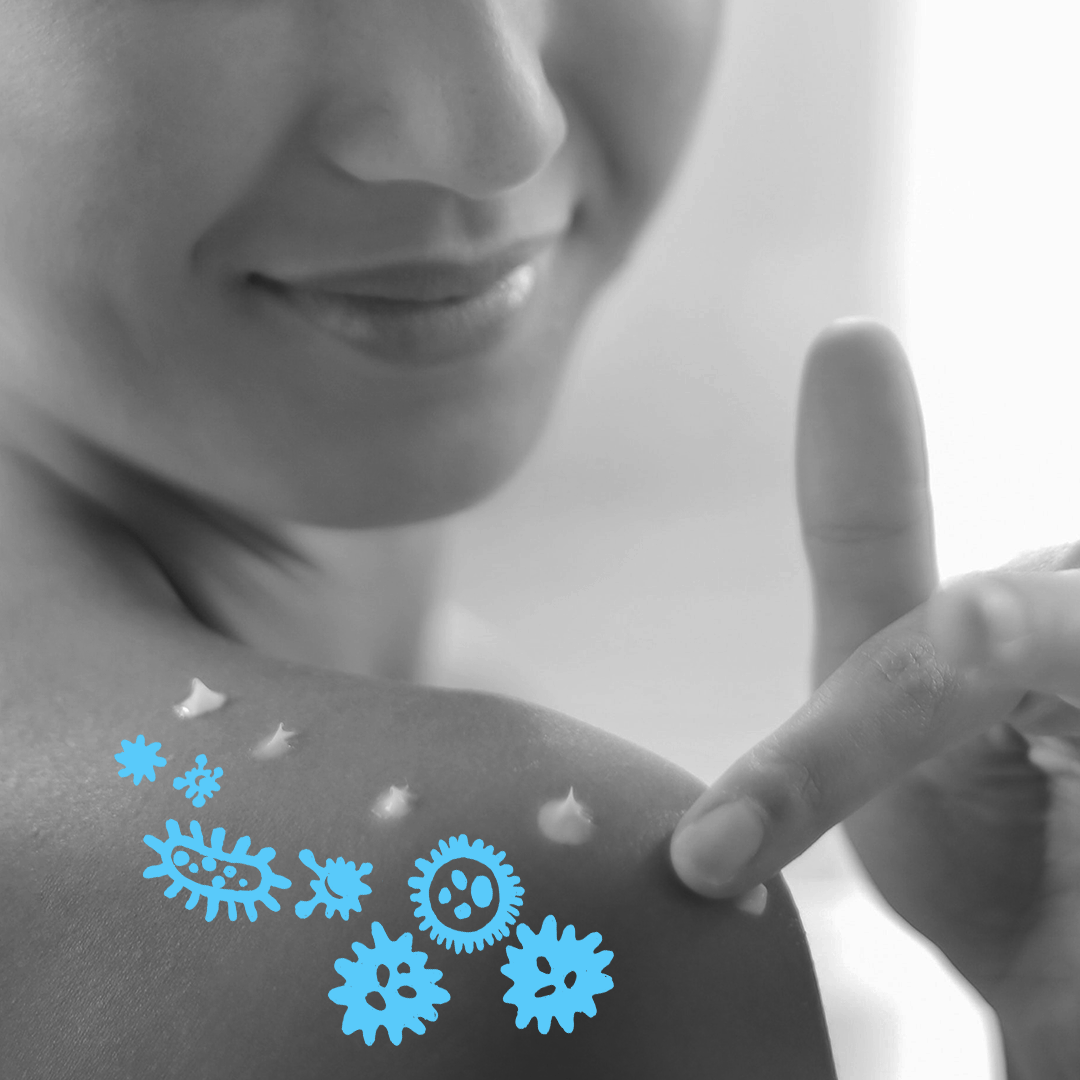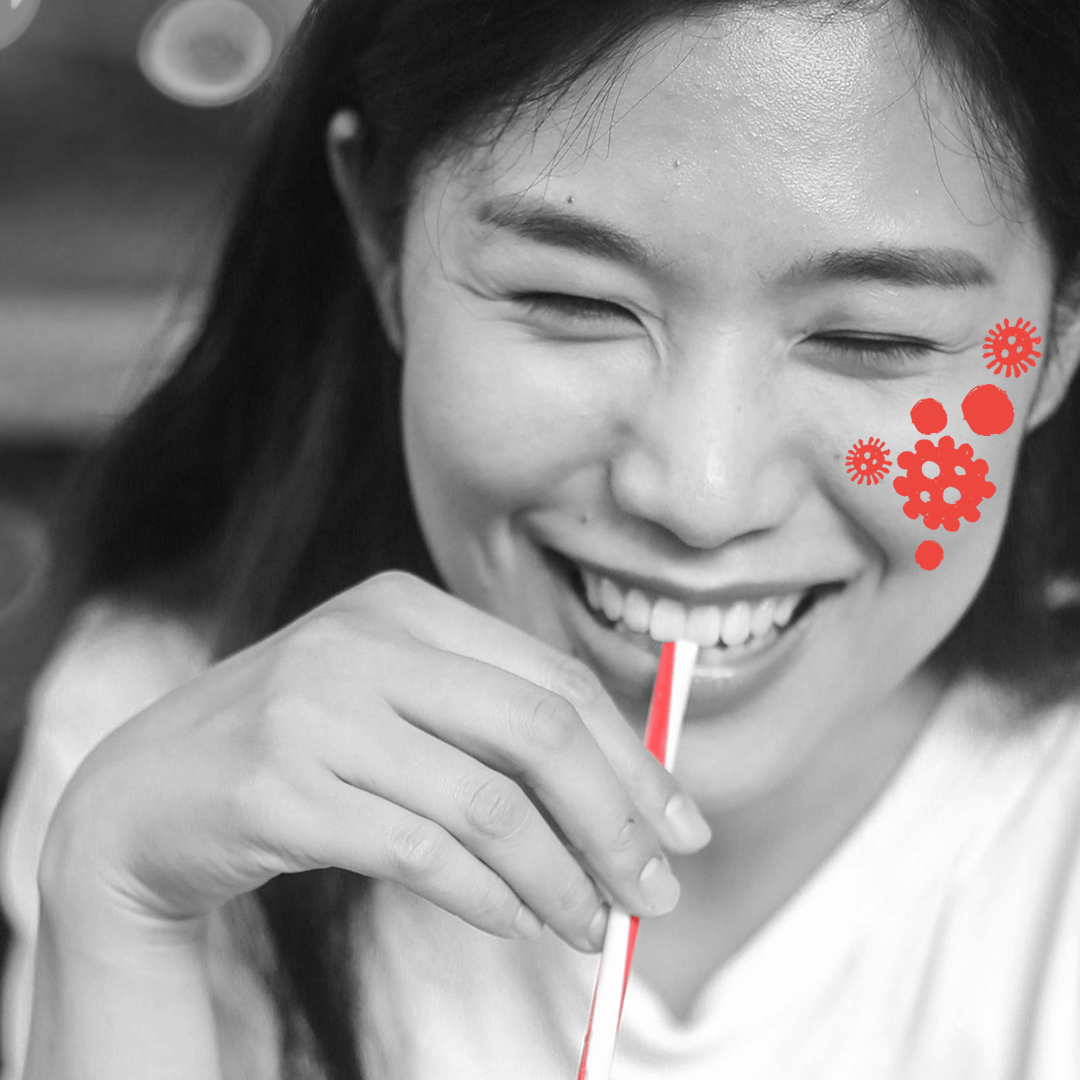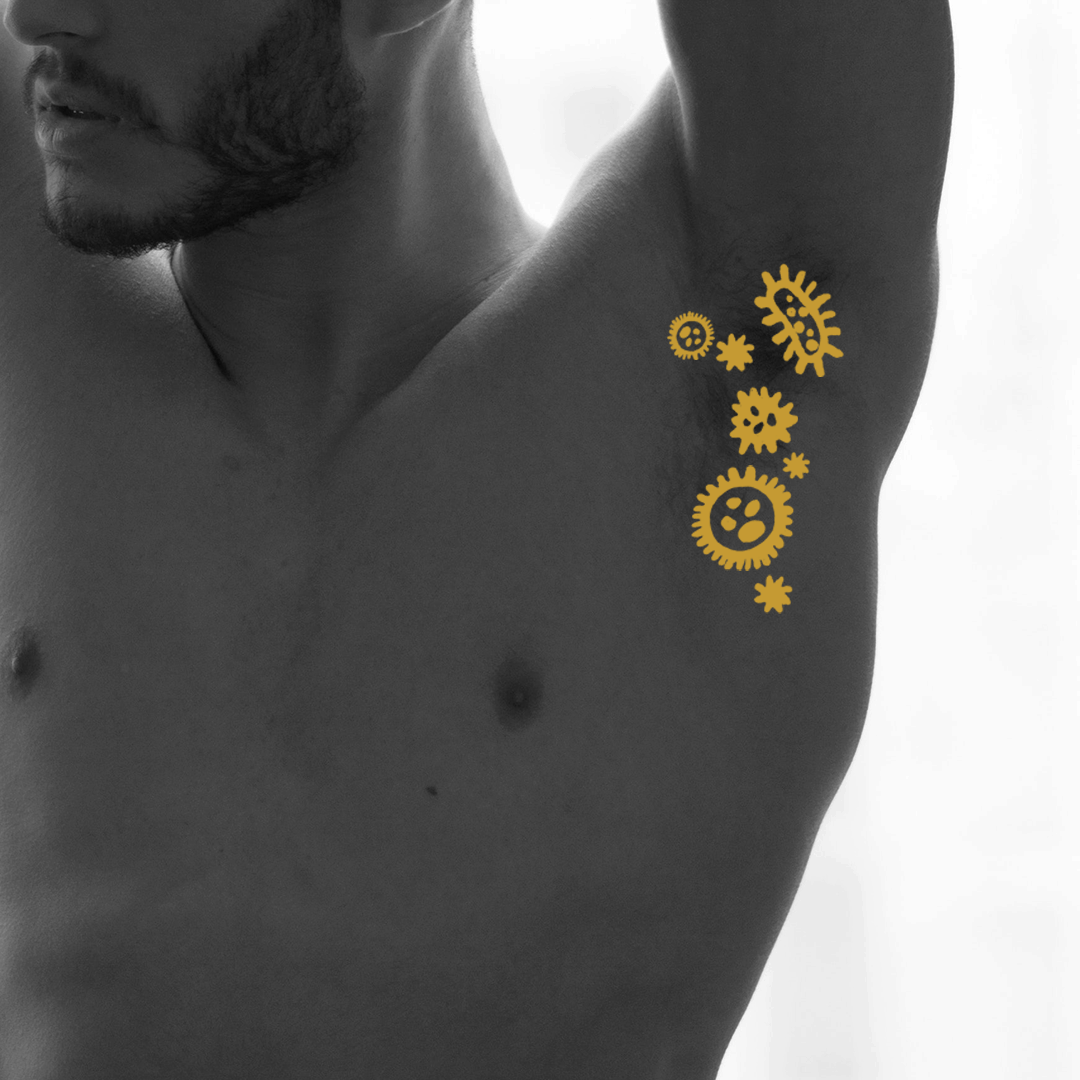How does the skin microbiome change with skincare products?
Skincare products are very widely used to improve skin health… but does their regular use impact our skin’s microbiome dynamics?
It is well established that, without intervention, most human microbiomes (skin and otherwise) remain largely stable.
We’ve seen that short-term diet changes can affect the gut microbiome but, surprisingly, little research has looked into the impact of skincare products on the skin microbial dynamics.
One study evaluated the impact of using 4 beauty products – a facial lotion, a moisturizer, a foot powder and a deodorant – over a 9-week period. During the study, the researchers analyzed over 2,100 skin samples from the arms, armpits, feet and face of healthy volunteers. They hypothesized that some beauty product ingredients likely promote or inhibit the growth of specific bacteria so changes would be observed, even when taking into account ‘normal’ changes in abundance.
The study revealed the following conclusions:
 1. Beauty product compounds can last on the skin for weeks after their first use despite ordinary showering, swimming etc (note the skin has a 3-4 week turnover period).
1. Beauty product compounds can last on the skin for weeks after their first use despite ordinary showering, swimming etc (note the skin has a 3-4 week turnover period).
This suggests a longer term contribution to the chemical environment in which our skin microorganisms live; even a single application of some of the products tested showed potential to alter the microbiome for extended periods of time.
Interestingly, the half-life of compounds on the skin varied between individuals despite them originating from the same product.
 2. Beauty products alter bacterial and molecular diversity as well as the dynamic and structure of molecules and bacteria on the skin.
2. Beauty products alter bacterial and molecular diversity as well as the dynamic and structure of molecules and bacteria on the skin.
Manipulation of the individuals’ personal care routine showed that discontinuing use of products lead to a significant decrease in molecular diversity at all sites. Noticeably, this change was reversed upon resuming use of products.
 3. Molecular and bacterial variability is product-, site-, and person-specific.
3. Molecular and bacterial variability is product-, site-, and person-specific.
The skin microbiome at the armpits and feet showed variation, while arm & face microbiomes kept relatively stable bacterial profiles over the experimental period.
Notably, person-to-person variability was more prominent that site variation and this was maintained despite ensuring the exact same modification of personal care routines for each participant.
As well as on an individual level, distinct variations were observed between each sex; male and female diversity differed at certain body parts which the researchers eluded to be due to environmental & lifestyle factors.
4. Applying a product to one region will likely affect other regions of the body.
This is particularly interesting and perhaps not something you’d consider. But, think of what happens in the shower – any products used on your face and hair, from moisturizer to shampoo, can make their way to other body sites to the extent that they would be picked up in a similar experiment.
5. Resilience of the skin microbiome is linked to the resilience of skin chemistry associated with personal skin regimes
As well as looking at the impact on the skin microbiome, this research also looked at the impact on our skin chemistry. Positive correlation between our microbiome and our skin chemistry was shown to be consistent over time for the arms, face, and feet and these correlations were mostly affected in the armpits during antiperspirant use.
Overall, this study reveals a clear message: when a skincare routine is changed, it alters both our skin chemistry and, therefore, our skin microbiome on an individual level.
But… Why do we want to know all of this?
Acknowledging that products have the capability of affecting our microbiomes and their metabolites (through our skin chemistry) may enable us to improve skin health by restoring appropriate microbes that would help treat skin diseases or slow down aging.
Want to explore more of the body? We wrote about the skin structures last month and where the microbiome fits in. You can also see each part in more detail on our Instagram page.
Ref: BMC Biology – Bouslimani et al, 2019
